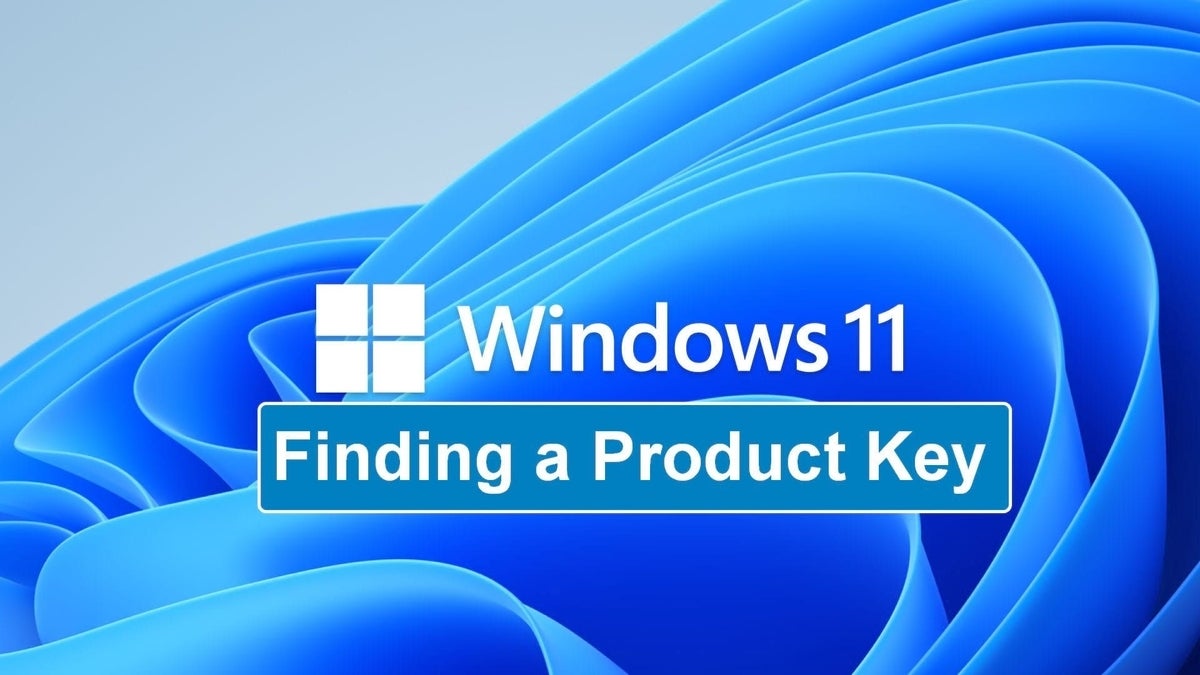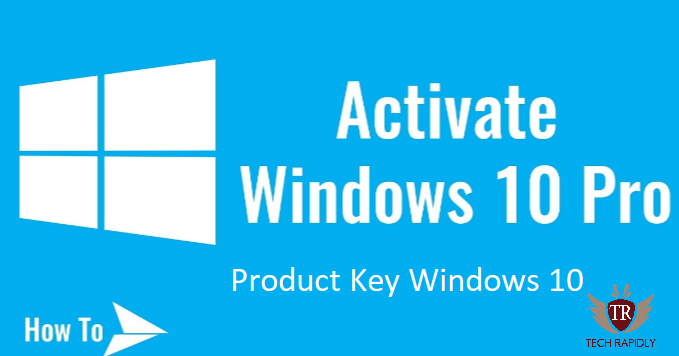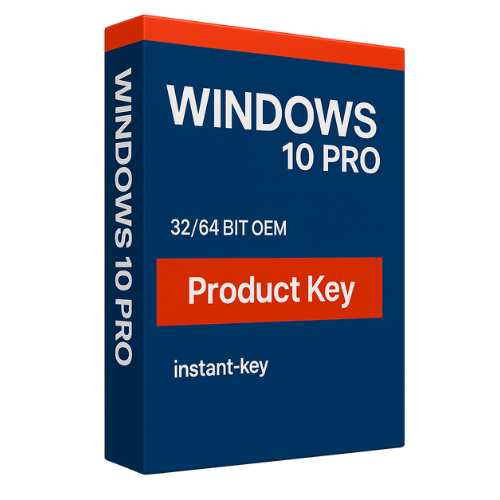Understanding Windows Activation Keys: A Comprehensive Guide to Windows 11, Windows 10 Home, Windows Pro, and Purchasing Options
In the ever-evolving world of operating systems, Microsoft's Windows remains a dominant force, powering billions of devices worldwide. Whether you're a casual user, a professional, or a business owner, activating your Windows OS is crucial for unlocking its full potential. Activation keys, also known as product keys, serve as digital licenses that verify the authenticity of your software installation. Without a valid key, you might face limitations like restricted customization options, nagging reminders, or even reduced functionality over time.

This article delves deep into the intricacies of Windows 11 activation key, Windows 10 Home activation key, Windows Pro product key, and Windows 10 product key purchase. We'll explore what these keys entail, their features, activation processes, and reliable ways to acquire them. By the end, you'll have a clear understanding of how to choose and activate the right version for your needs, ensuring a seamless computing experience.
The Basics of Windows Activation Keys
Before diving into specific versions, it's essential to grasp the fundamentals of Windows activation. An activation key is a 25-character alphanumeric code (e.g., XXXXX-XXXXX-XXXXX-XXXXX-XXXXX) that Microsoft uses to confirm that your copy of Windows is genuine and not pirated. This process ties the software to your hardware, preventing unauthorized use.

Activation typically occurs during installation or shortly after via the Settings app. If you're upgrading from an older version or reinstalling, Microsoft might link the key to your copyright for easier reactivation on the same device. However, for new installations or hardware changes, a fresh key is often required.
Why bother with activation? Beyond compliance, an activated Windows provides security updates, access to Microsoft Store apps, and full personalization features. Unactivated versions display watermarks and limit certain settings, which can be frustrating for daily use.
Historically, product keys have evolved from physical stickers on retail boxes to digital entitlements. With Windows 10 and 11, Microsoft emphasizes digital licenses, but physical keys remain popular for flexibility, especially in enterprise environments or for users who frequently switch hardware.
Now, let's break down the specific keys mentioned, starting with the latest iteration: Windows 11.
Exploring the Windows 11 Activation Key
Windows 11, released in October 2021, represents Microsoft's vision for a modern, secure, and user-friendly OS. It introduces features like a centered Start menu, Snap Layouts for multitasking, integrated Microsoft Teams, and enhanced gaming with DirectStorage and Auto HDR. However, to enjoy these without interruptions, a valid Windows 11 activation key is indispensable.

What sets Windows 11 apart in terms of activation? It requires stricter hardware compatibility, including TPM 2.0 and Secure Boot, which must be enabled in your BIOS/UEFI settings. If your PC meets these specs, activation is straightforward: Enter the key during setup or go to Settings > Update & Security > Activation.
For users upgrading from Windows 10, Microsoft offers a free upgrade path if you have a valid license. But if you're building a new PC or need a standalone license, purchasing a Windows 11 activation key becomes necessary. Retail keys are transferable between devices, unlike OEM keys tied to specific hardware.
Pricing for Windows 11 keys varies, but legitimate sources ensure you're not buying copyright codes that could lead to activation failures or security risks. Always opt for trusted vendors to avoid scams. Features exclusive to activated Windows 11 include Widgets for personalized news feeds, virtual desktops for better organization, and improved touch support for tablets.
Troubleshooting activation issues? Common errors like 0xC004F074 (invalid key) or 0x8007007B (network problems) can often be resolved by checking your internet connection, verifying the key format, or using the Activation Troubleshooter in Settings. If all else fails, contacting Microsoft Support with your key details can help.

In terms of editions, Windows 11 Home is ideal for everyday users, while Pro adds business-oriented features like BitLocker encryption and Remote Desktop. But regardless of the edition, the activation process revolves around that crucial key.
Expanding on security, Windows 11's activation ties into Windows Hello for biometric logins and Microsoft Defender for robust antivirus protection. Without activation, these features might be limited, exposing your system to vulnerabilities. Moreover, regular updates—such as the 24H2 update expected in late 2024—require an activated OS to install seamlessly.
For developers and IT professionals, Windows 11 activation enables access to tools like Windows Subsystem for Linux (WSL) and Android apps via the Amazon Appstore. If you're in education, discounted keys are available through Microsoft's student programs, but for general users, reliable online marketplaces offer competitive deals on Windows 11 activation key.
Diving into Windows 10 Home Activation Key
Despite Windows 11's advancements, Windows 10 remains hugely popular, especially for users with older hardware. Windows 10 Home is the consumer-focused edition, perfect for home use, gaming, and light productivity. Activating it requires a Windows 10 Home activation key, which unlocks core features like Cortana (now integrated into Microsoft Edge), OneDrive sync, and Xbox integration.
Released in 2015, Windows 10 Home emphasizes simplicity and familiarity. Activation is similar to Windows 11: Input the key during installation or via Settings > Update & Security > Activation. If you're reinstalling, linking the key to your copyright allows digital license reactivation without re-entering the code.
Key benefits of an activated Windows 10 Home include automatic updates for security patches, access to the Microsoft Store, and personalization options like themes and wallpapers. Without activation, you'll see a persistent "Activate Windows" watermark and can't change certain settings.
Comparing to Pro editions, Home lacks advanced features like Hyper-V virtualization or domain joining, making it unsuitable for business networks. However, for most users, it's sufficient and more affordable.

Purchasing a Windows 10 Home activation key can be done through official channels or authorized resellers. Beware of suspiciously cheap keys from unverified sites, as they might be volume licenses misused or outright fakes. Legitimate keys come with proof of purchase and support.
Troubleshooting for Windows 10 activation often involves error codes like 0x803F7001 (no valid license found). Solutions include running the command "slmgr.vbs /ato" in an elevated Command Prompt or ensuring your hardware hasn't changed significantly, which could trigger reactivation prompts.
Windows 10's extended support ends in October 2025, but Microsoft offers paid extended security updates beyond that. An activated key ensures you're eligible for these, keeping your system secure against emerging threats.
For gamers, activated Windows 10 Home optimizes DirectX 12 for better performance in titles like Cyberpunk 2077 or Fortnite. It also supports multiple monitors and high-refresh-rate displays, enhancing productivity and entertainment.
In educational settings, Windows 10 Home activation enables tools like Microsoft Teams for remote learning and OneNote for note-taking. Parents can use Family Safety features to monitor children's online activity, all requiring full activation.
Overall, the Windows 10 Home activation key is a gateway to a stable, feature-rich OS that continues to receive updates, making it a wise choice for budget-conscious users.
The Power of Windows Pro Product Key
When it comes to professional-grade computing, the Windows Pro product key stands out. Available for both Windows 10 and 11, the Pro edition caters to businesses, developers, and power users with enhanced security, management, and productivity tools.
What differentiates Pro from Home? Key features include BitLocker for full-disk encryption, Remote Desktop for accessing your PC from anywhere, and Group Policy for centralized settings management. Activation with a Windows Pro product key is essential to enable these.

For Windows 10 Pro, activation mirrors the Home process but unlocks enterprise capabilities like Assigned Access for kiosk modes and Windows Update for Business to control update rollouts. In Windows 11 Pro, you get additional perks like Azure Active Directory integration and Windows Hello for Business.
Businesses often purchase volume licenses, but individuals can buy retail Windows Pro product key for personal use. This is ideal for freelancers needing VPN support or developers using Hyper-V to run virtual machines.
Security is paramount in Pro editions. Activated systems benefit from Windows Defender Credential Guard to protect against credential theft and Exploit Guard to mitigate malware. Without activation, these advanced protections are unavailable, leaving your data at risk.
Upgrading from Home to Pro? You can purchase a Pro key and enter it in Settings to upgrade without reinstalling. This seamless process makes it easy to scale as your needs grow.
In terms of compatibility, Pro supports up to 2 CPUs and 2TB of RAM, far exceeding Home's limits, making it suitable for high-end workstations. For IT admins, tools like Microsoft Endpoint Manager require Pro activation for full functionality.
Common activation hurdles in Pro include error 0xC004C003 (key blocked), often due to overuse. Verify your key's legitimacy and contact the seller if issues arise.
For creative professionals, activated Windows Pro enables features like Windows Ink for stylus support and enhanced multitasking with Virtual Desktops. It's also optimized for hybrid work, with better integration for Microsoft 365 apps.
In summary, the Windows Pro product key is a must-have for anyone requiring more than basic functionality, offering robustness and versatility.
Navigating Windows 10 Product Key Purchase

Purchasing a Windows 10 product key is a straightforward yet critical decision. With support ending soon, now's the time to secure a legitimate Windows 10 product key purchase for long-term use or as a bridge to Windows 11.
Options abound: Microsoft's official store offers digital downloads, while retail boxes provide physical media. Third-party resellers like authorized online shops can offer discounts, but always check for authenticity.
Factors to consider in Windows 10 product key purchase: Edition (Home vs. Pro), type (retail vs. OEM), and region (keys are sometimes region-locked). Retail keys are transferable, ideal for upgrades, while OEM keys are cheaper but hardware-bound.
To avoid pitfalls, look for sellers with positive reviews, money-back guarantees, and instant delivery. Sites specializing in software keys often provide lifetime licenses, ensuring your investment lasts.
Payment methods vary, from credit get more info cards to PayPal, with secure transactions being key. After purchase, you'll receive the key via email, ready for activation.

If buying used keys, ensure they're unused; Microsoft can detect and block duplicates. For bulk purchases, volume licensing through Microsoft's Volume Licensing Service Center is recommended for businesses.
Post-purchase, store your key securely—perhaps in your copyright or a password manager. If lost, recovery is possible if linked digitally.
Comparing costs: Official prices hover around $139 for Home and $199 for Pro, but resellers might offer them for less. However, if a deal seems too good, it probably is—stick to reputable sources for Windows 10 product key purchase.
For international users, ensure the key matches your language and region settings to avoid activation errors.
In eco-conscious times, digital keys reduce waste compared to physical media. Plus, instant access means no waiting for shipping.
Ultimately, a smart Windows 10 product key purchase ensures compliance, security, and peace of mind.
Comparisons and Alternatives
Comparing these keys: Windows 11 offers a fresher interface but demands better hardware than Windows 10. Home editions suit casual users, while Pro is for pros. Activation processes are similar, but Pro provides more features.
Alternatives? Linux distributions like Ubuntu are free and don't require keys, but lack Windows-specific software. macOS is hardware-tied to Apple devices.
For those on a budget, Microsoft's free tools like Media Creation Tool allow installation without a key, but activation is needed for full use.
Troubleshooting Common Activation Issues
Across all versions, issues like internet connectivity, hardware changes, or invalid keys arise. Use tools like "slui.exe 3" to enter keys manually or the Troubleshooter.
For persistent problems, Microsoft's Activation Support hotline or community forums can help.
The Future of Windows Activation
With AI integration in Windows 11's Copilot and potential Windows 12 rumors, activation will evolve, perhaps toward subscription models like Windows 365.
Staying activated ensures you benefit from these innovations.
Conclusion
In conclusion, whether you're seeking a Windows 11 activation key, Windows 10 Home activation key, Windows Pro product key, or planning a Windows 10 product key purchase, understanding your options is key to a smooth experience. Invest in legitimate sources to avoid headaches and enjoy Microsoft's ecosystem fully. With the right key, your Windows journey will be secure, efficient, and feature-packed.